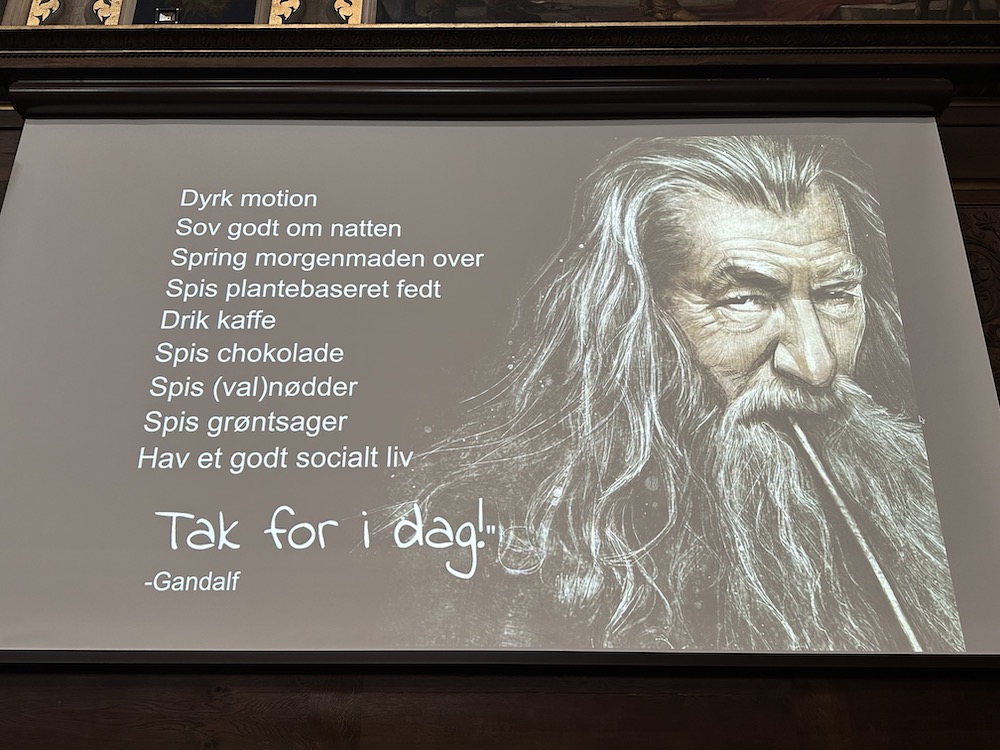
Statistics Denmark Will Enhance Data Use Across Topics To Help Danes Age Better
Statistics Denmark is part of a research project, where the independent neutral state-funded organisation is the data controller and responsible for the use of data. Until today, the rich data from Statistics Denmark have been used in slices. Now it’ll be used across topics and provide more value.
“At Statistics Denmark we have collected data for ages. Today, most of it is secondhand data; we have taken advantage of the welfare state, because every time it has exchanged data between itself and its citizens, we’ve gotten the digital footprint and we’ve structured that data,” says Laust Hvas Mortensen, chief advisor at Statistics Denmark:
“Up to now all this data have been siloed and used in slices by Statistics Denmark. Labor market data for labor market statistics, educational data for educational statistics, health data for health statistics. With this project, we will use and combine the data across topics to create even more value.”
Laust Hvas Mortensen is the project lead at Statistics Denmark in the Novo Nordisk Fonden funded ‘CHALLENGE platform’, a project run by professor Rudi Westendorp from the Center for Healthy Aging at Copenhagen University (KU). The third partner is Rigshospitalet and its Patobank with biological materials from deceased Danes. CHALLENGE will shed new light on the relationship between ageing and disease.
Broader Use of Data
Researchers typically get data for their projects via Statistic Denmark’s ‘Research Services.’ They abide to strict laws and rules on how they can use the personal data inside the firewalls of Statistics Denmark.
Along with the CHALLENGE platform, Statistics Denmark is also consortium partner of another newly Novo Nordisk funded project called “Big Life-course Data Analytics for Understanding Disease Initiation and Progression in Diabetes and its Complications”, and working with the two big projects, Laust Hvas Mortensen hopes to make better use of all the data they are sitting on.
“We think Denmark can get more value out of the data. By being part of the two projects we can make a difference, as we know a lot about all our data in here and how it could be used to get a broader picture of the Danish population. And it is an interesting experiment to integrate biological data.”
No Administrative Use Allowed
It is tempting for politicians and officials to use data from Statistics Denmark for administrative purposes such as deciding on welfare services or contacting individuals based on research on their data. But Statistics Denmark is very clear about its role:
“We only use data for statistical purposes. We, for example, describe and analyse general patterns of groups of people or companies. We don’t disclose identifiable data, and we protect identities of individuals and companies,” says to Laust Hvas Mortensen.
Statistics Denmark has a broad legal mandate to use personal data without consent of individuals.
“We have strict rules and systems to secure that no one has access to data that can identify people. In most cases we use anonymised serial numbers in stead of CPR numbers. Still, it is always possible to identify individuals, if you have enough data. So, we operate on a need-to-know basis, where each of us in the house and outside have to apply to get access to data and everything is logged.”
But how can personalised medicine then work based on anonymised data from Statistics Denmark?
“With this project, we will make an algorithm based on patterns of data. We will never share the data, only the algorithm. Doctors and others, who want to match individual personal data, that they have consent to use from their patients, up against our algorithm and use it for treatment. In that way we can pass on knowledge without passing on individuals’ data.”
During the six-year long project, data will also be used to predict patterns. Example: If you are this age, use welfare services and have a chronic disease, there is this percentage risk that you will end up in a hospital next year.
Explainability and Access to Codes
Statistics Denmark will make sure that they can always explain any algorithm they use to analyse and predict patterns. When it comes to Challenge, it could be to explain why an algorithm predicts that a specific group of elderly people need help.
“You can always ask for access to our codes. We are playing with open cards, and want the Danish Data Protection Authority and others to look us over the shoulders,” says Laust Hvas Mortensen.
According to Statistics Denmark, personal data belong to the Danes. They look at personal data as the Danes’ data.
“Our use of data should always be of benefit to the Danes and the society. That is how we look at it,” says Laust Hvas Mortensen.
Statistics Denmark follows UN and European principles and ethics.
Regarding data security
How scientists can export data if they don’t sit behind SD’s firewall and do the research.
Read more on DataForGood.Science

